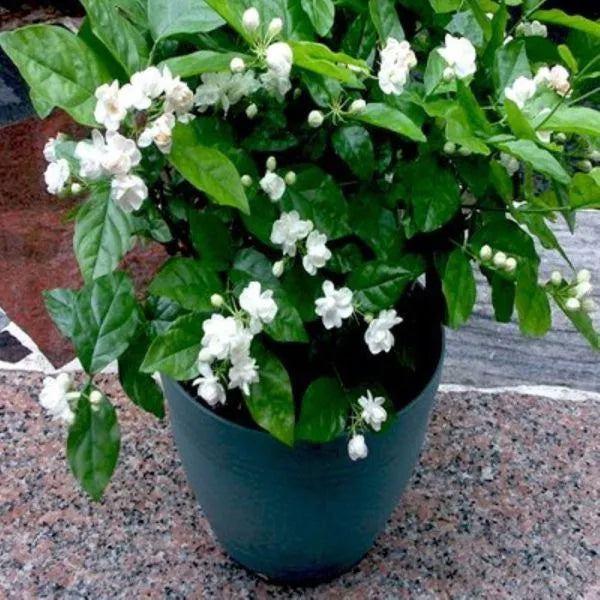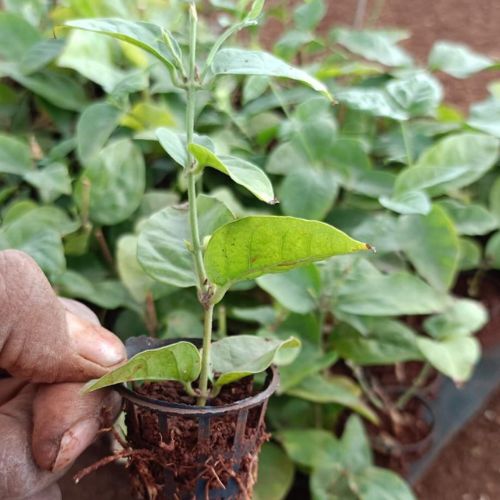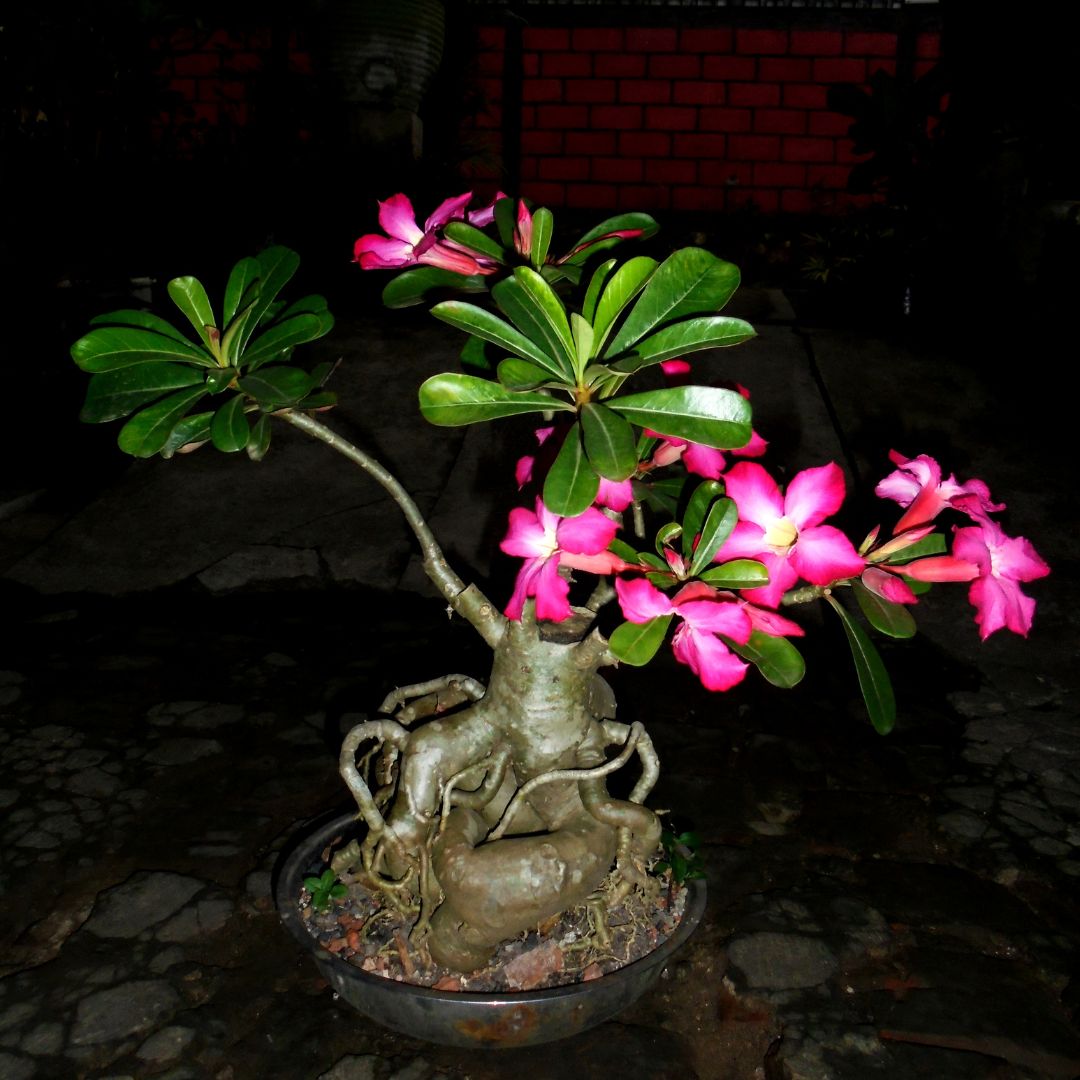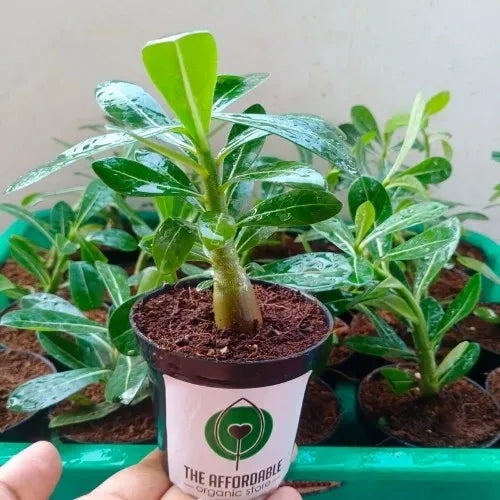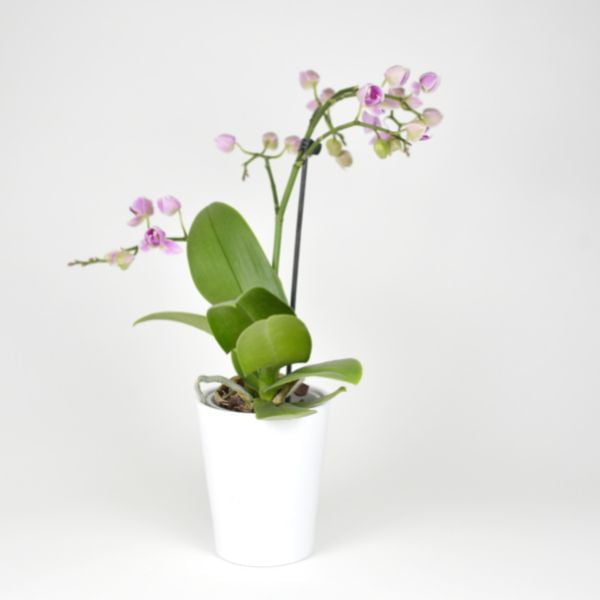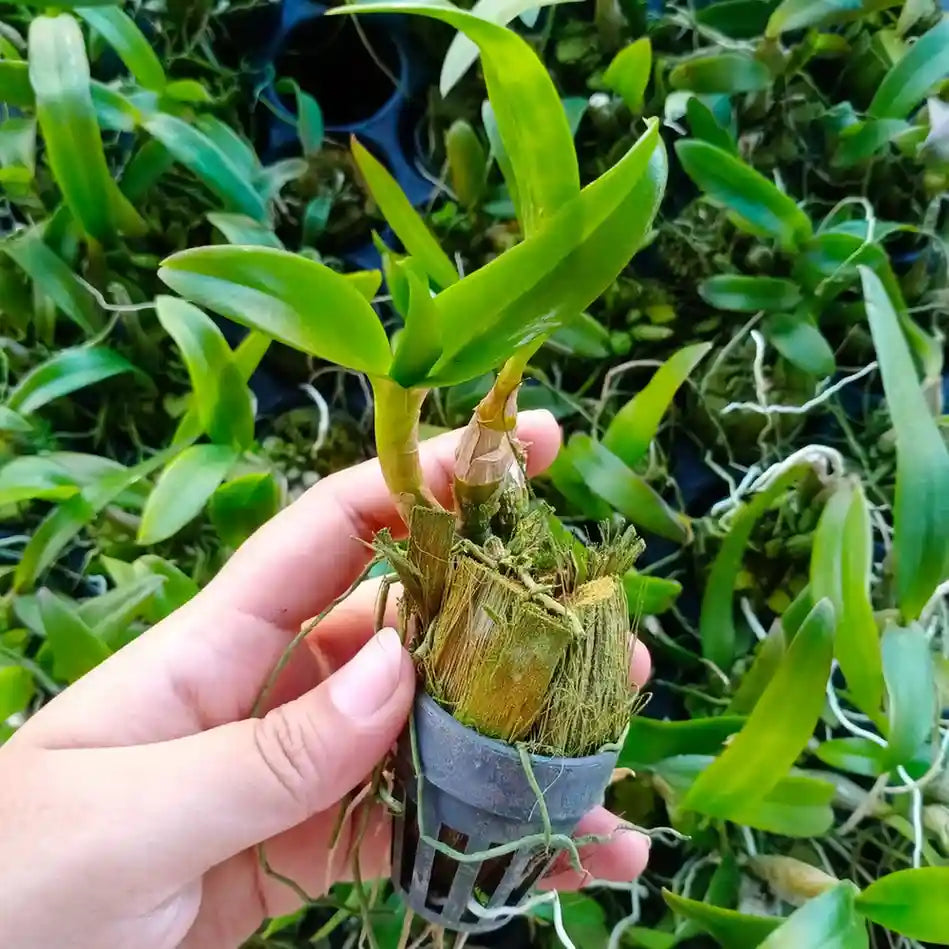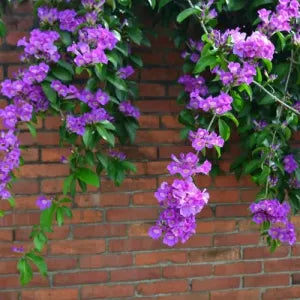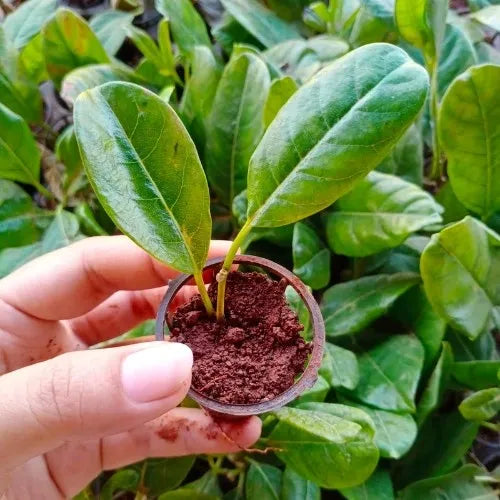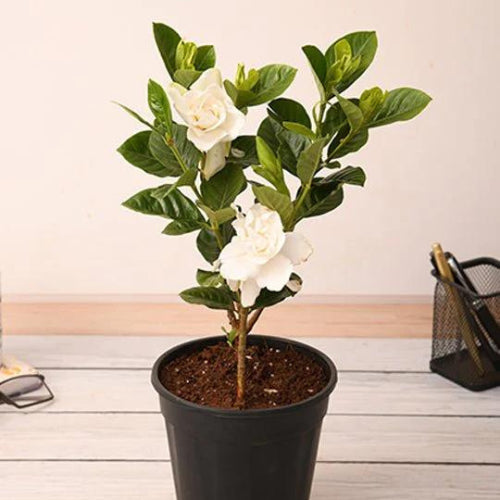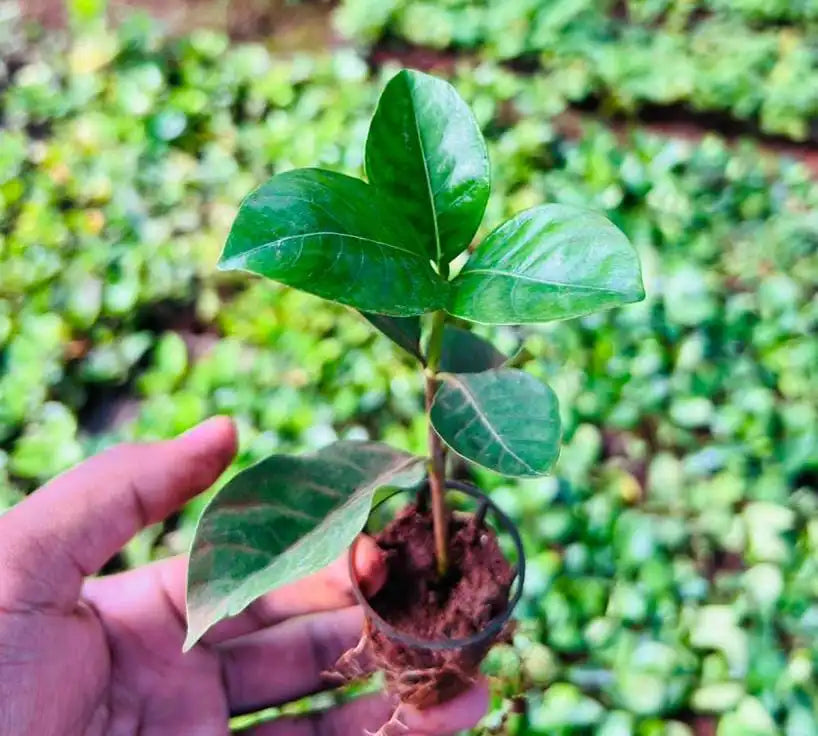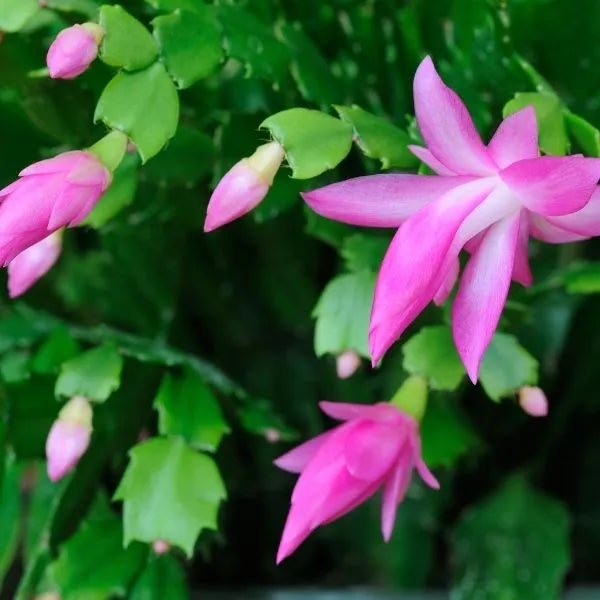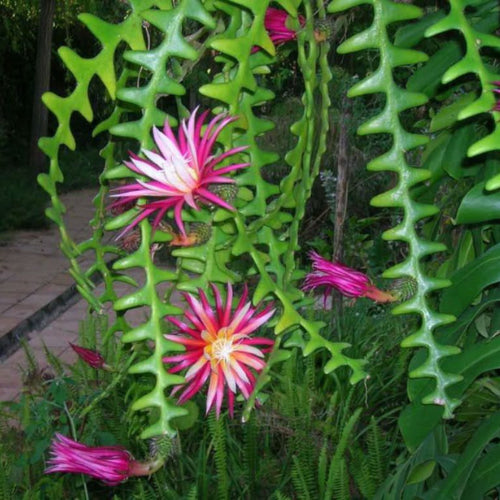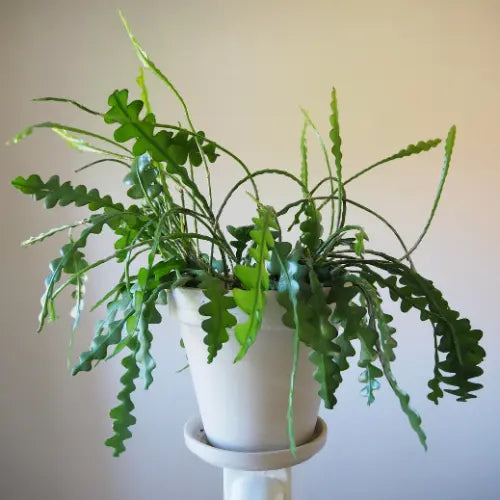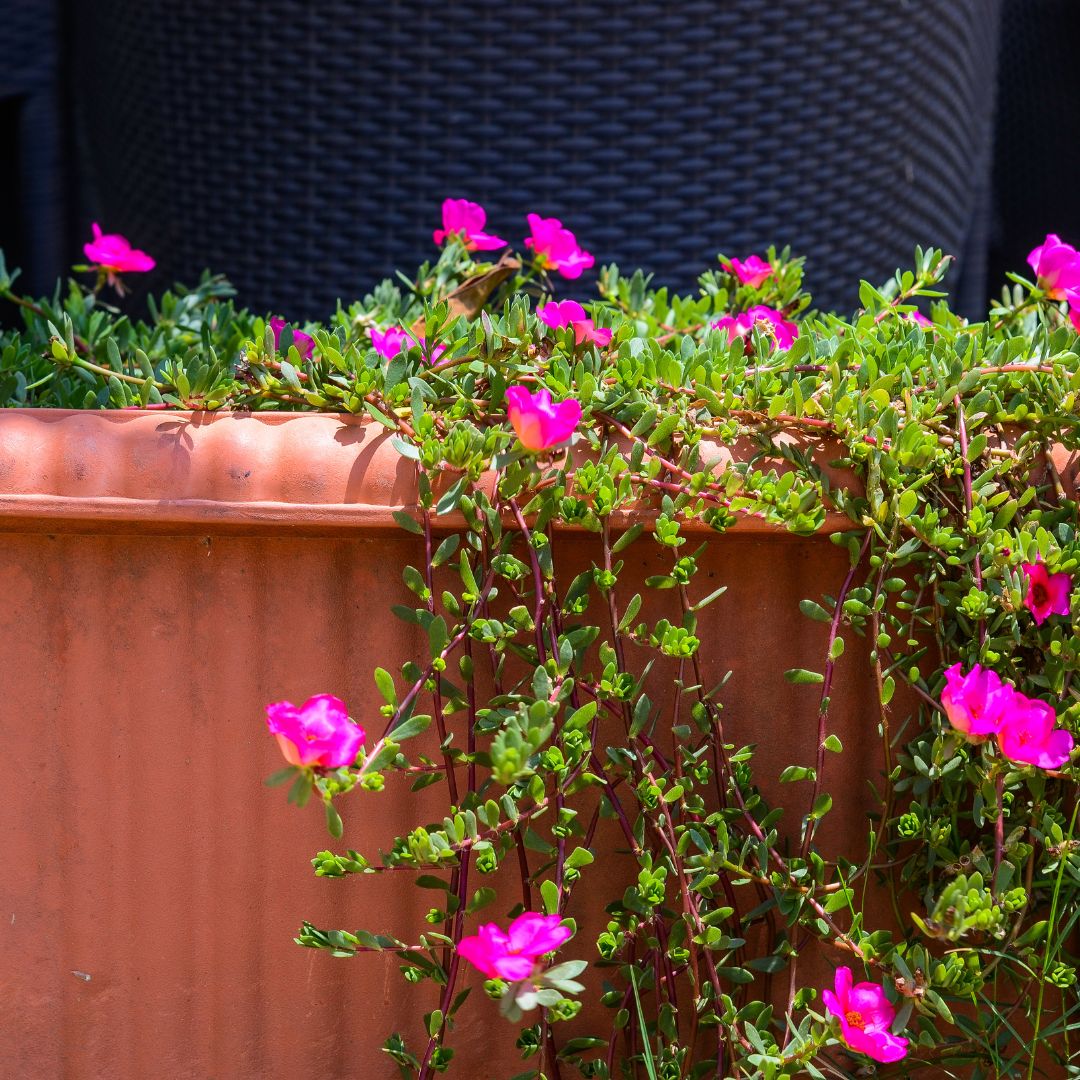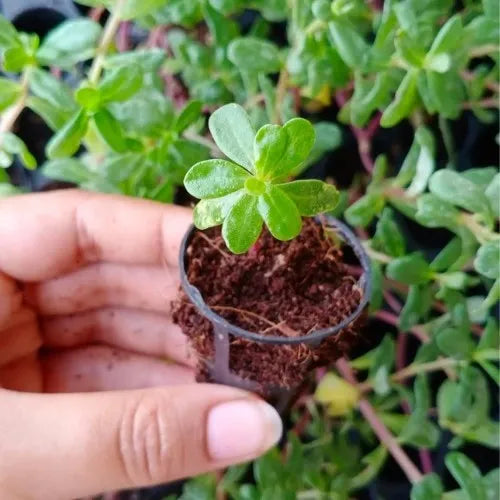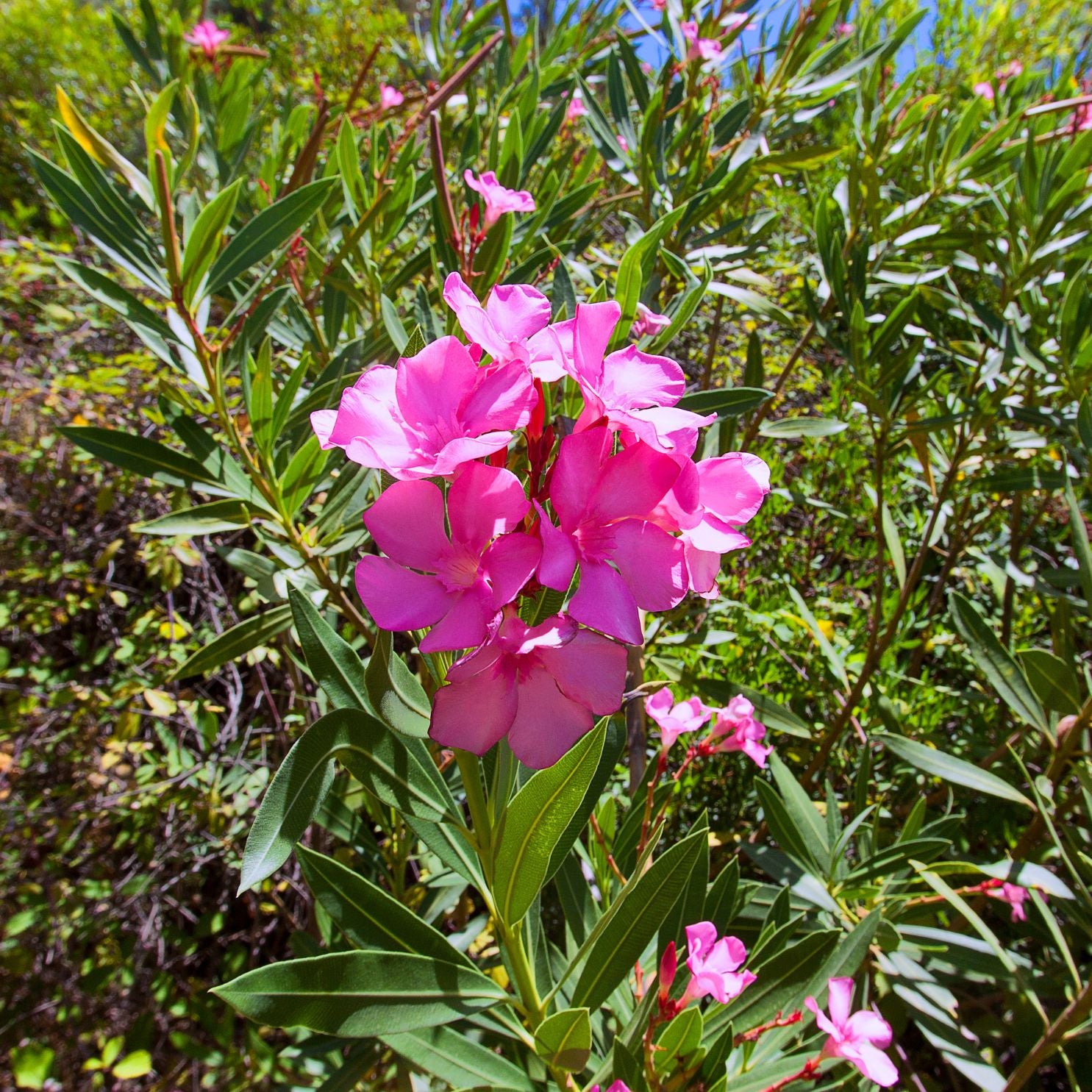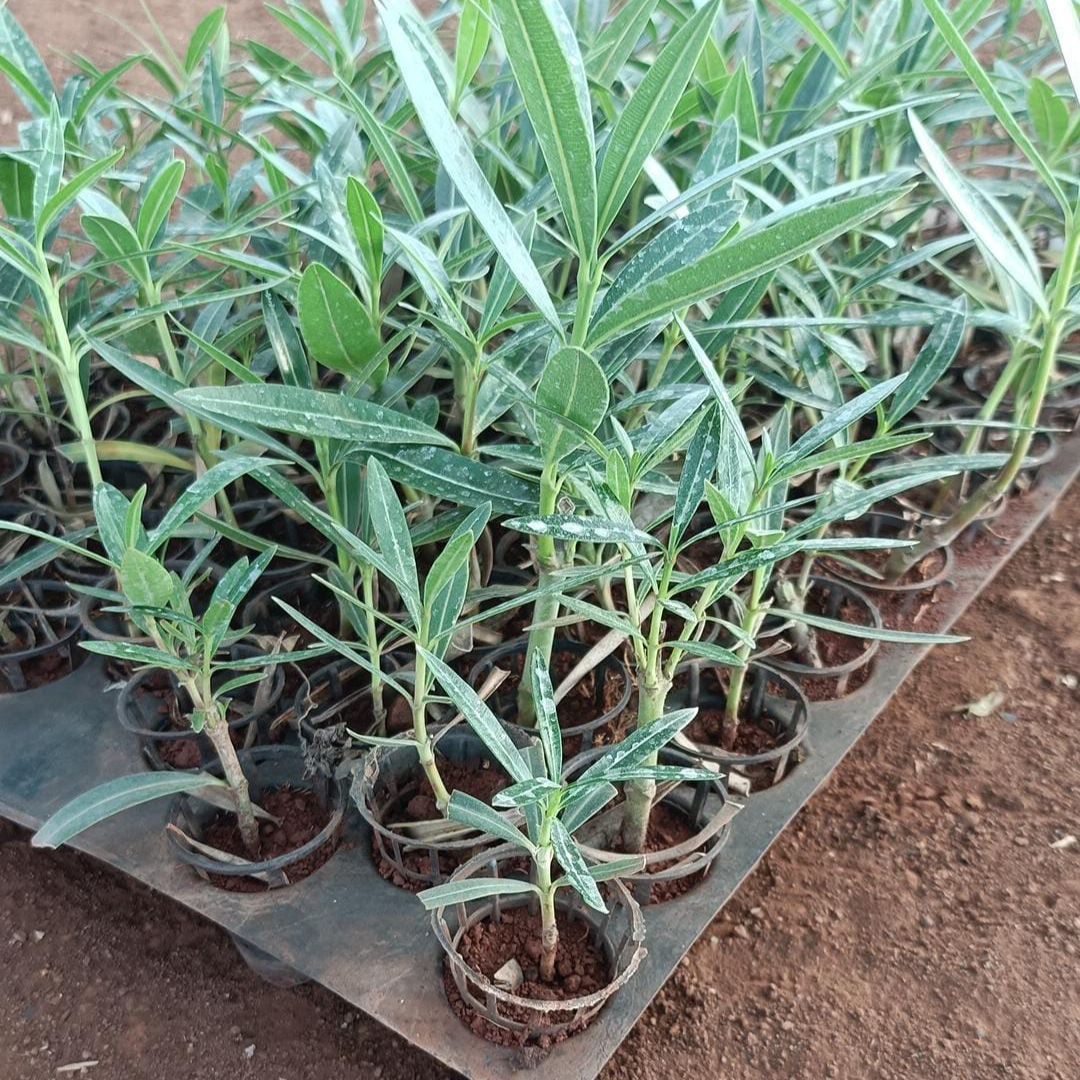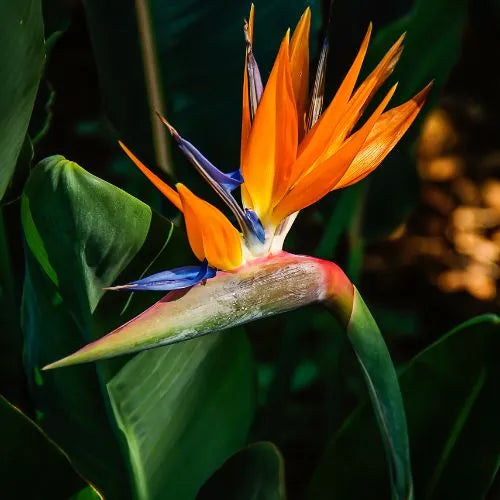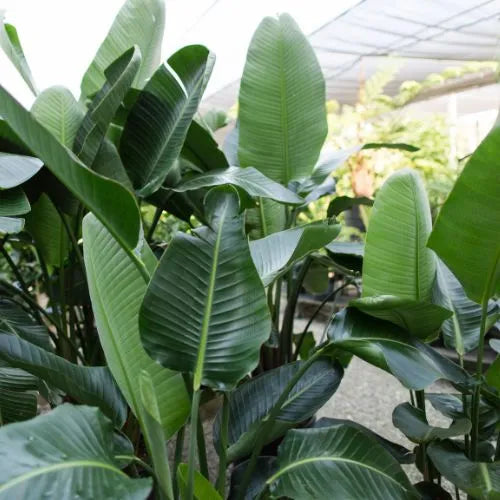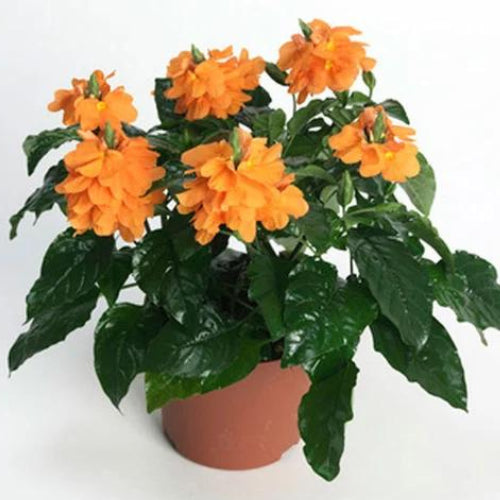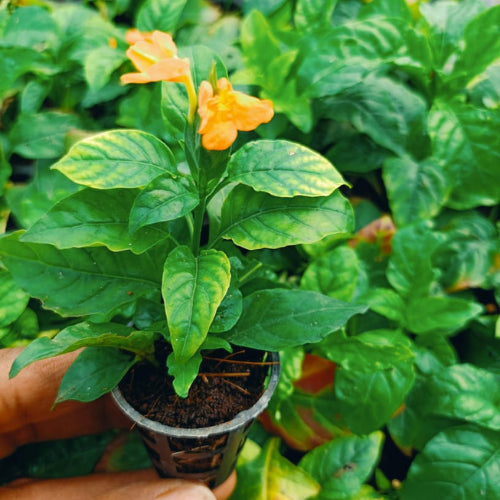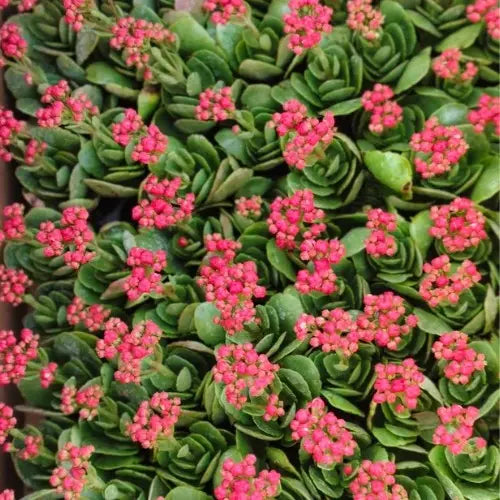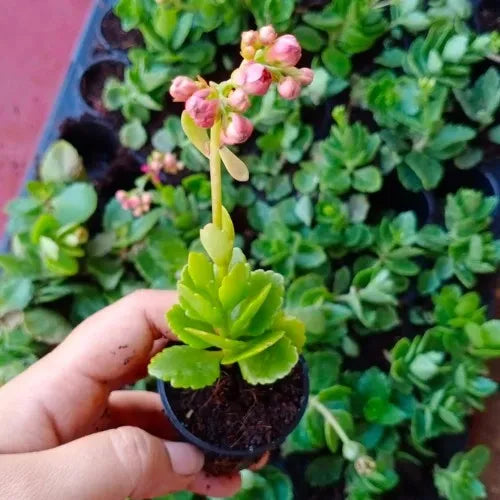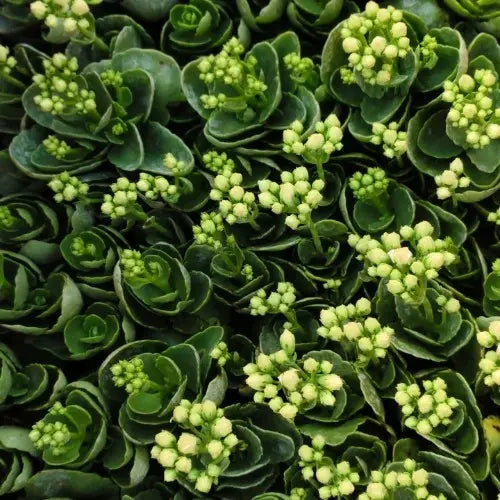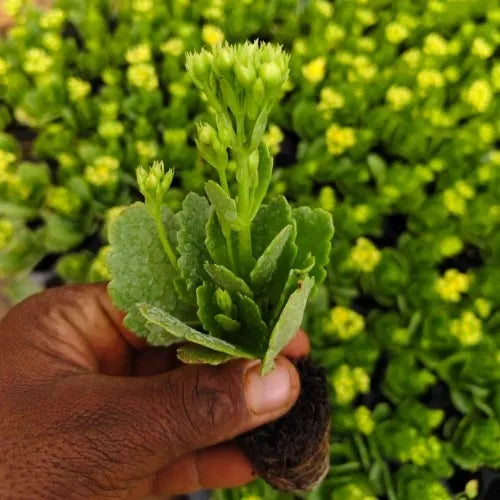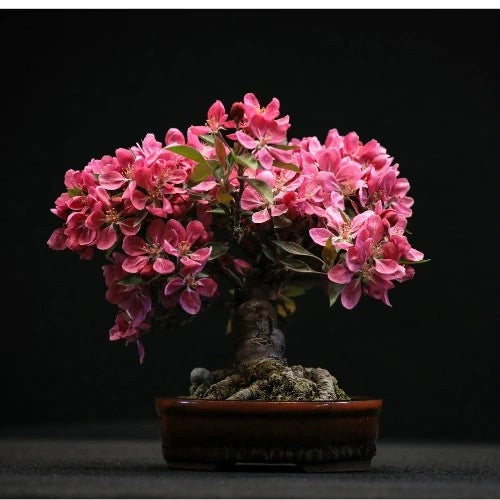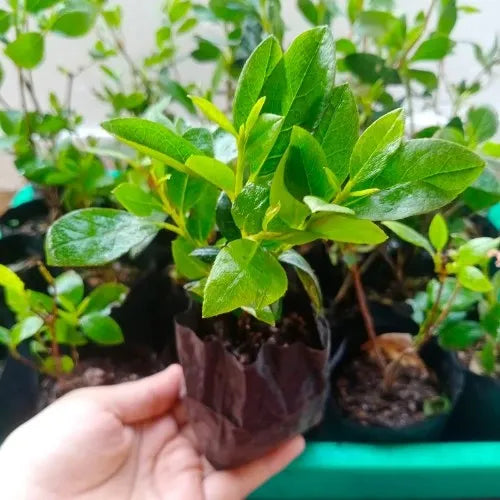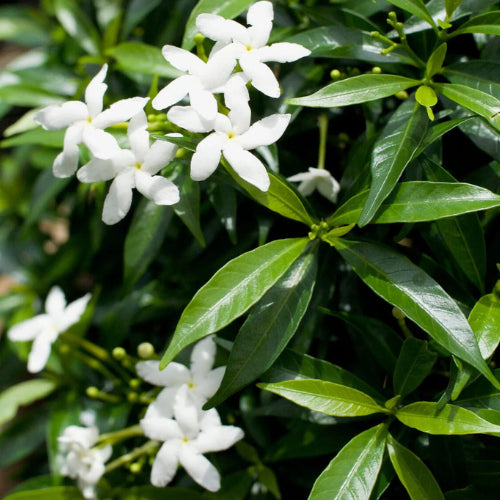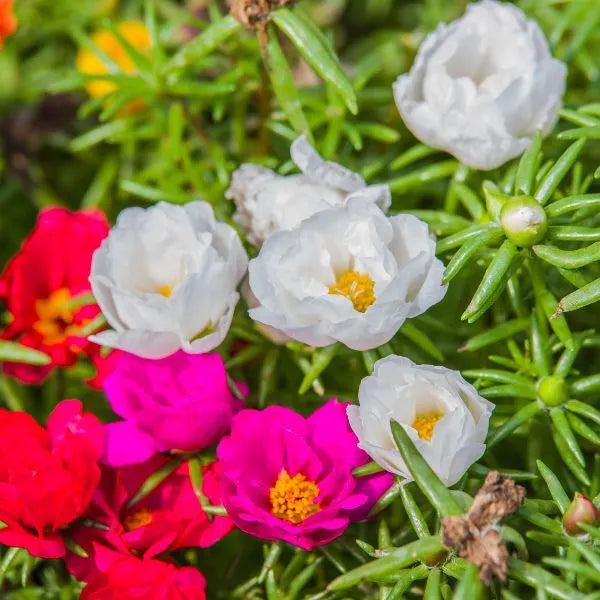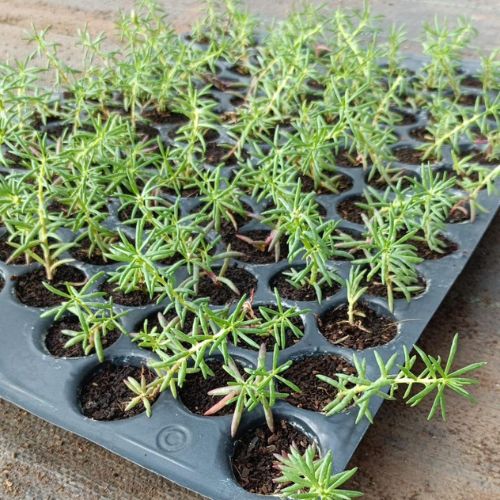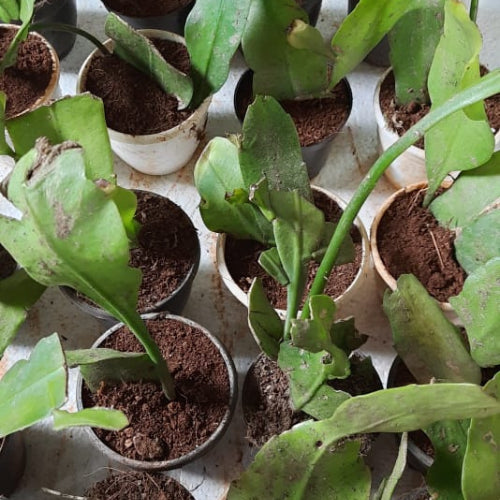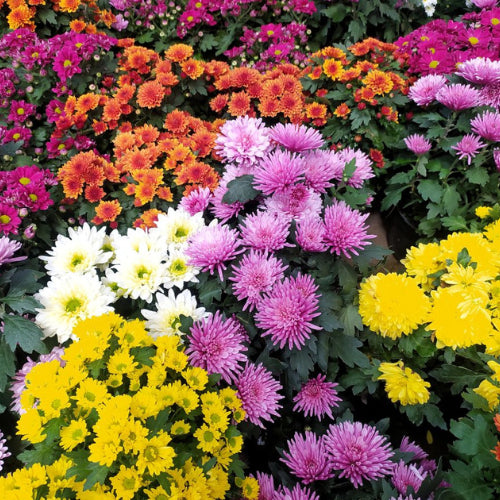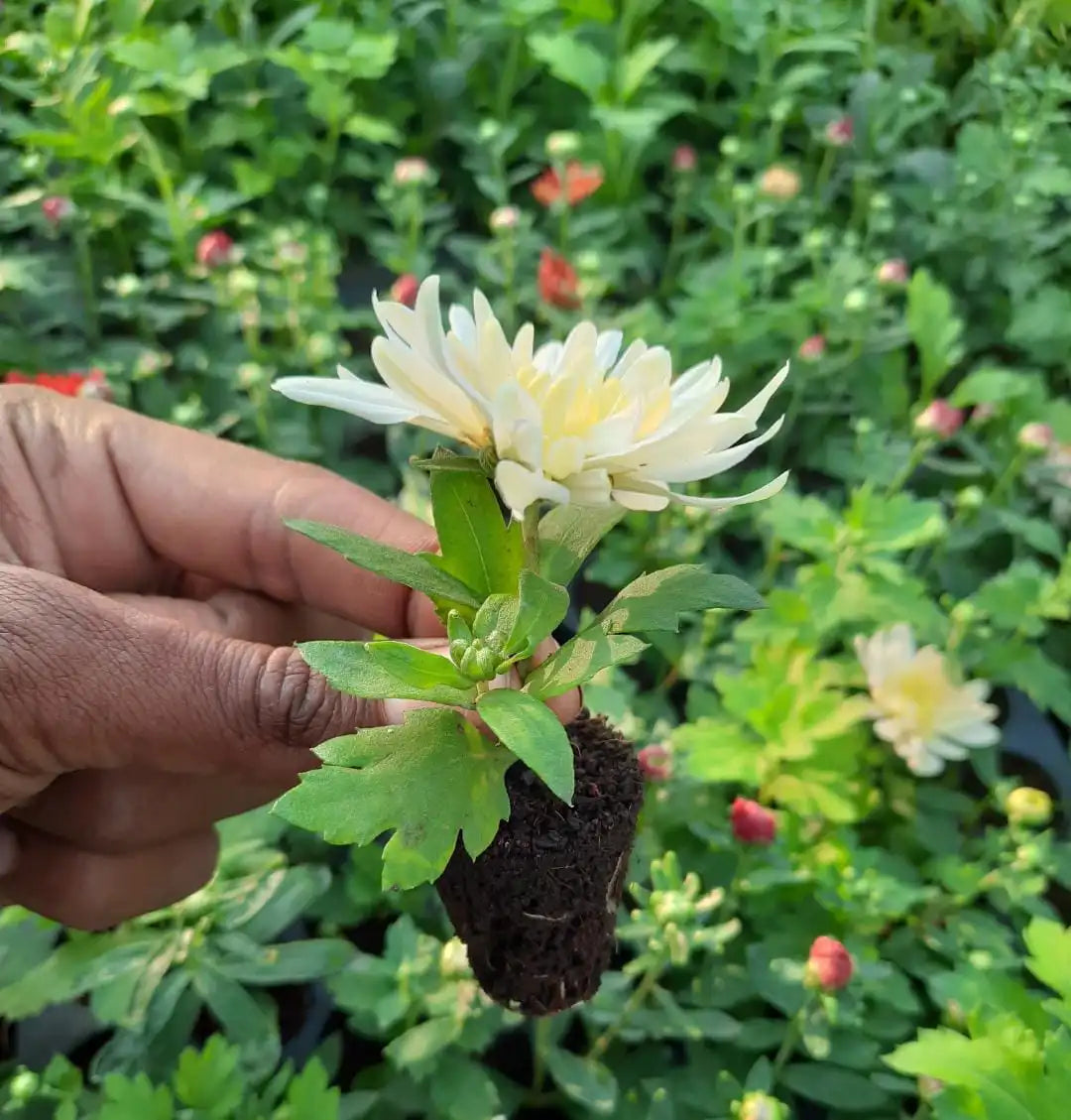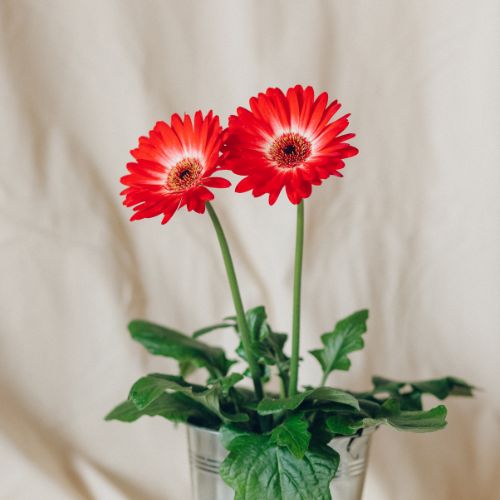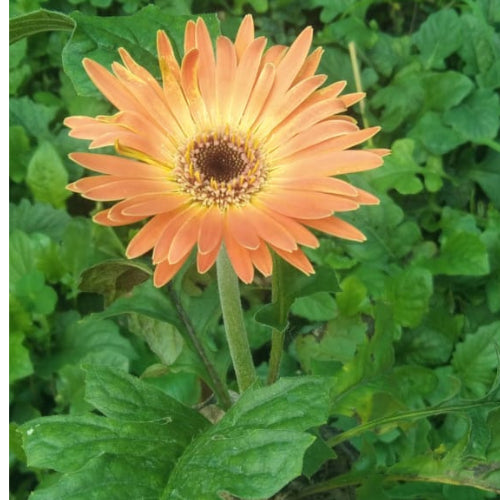The Snake Plant, Peace Lily, English Ivy, Spider Plant, and Bamboo Palm are some of the best indoor plants for air cleaning.
As far as gardeners are concerned, blooming plants are quite beneficial. By offering rich hues and textures, they improve visual appeal. By attracting pollinators, their flowers encourage biodiversity. Many contribute to harvests by producing fruits or seeds. Diverse planting methods are accommodated by different species. Taking good care of flowering plants also makes one feel accomplished and more connected to the natural world. All in all, they turn areas into visually pleasing, vibrant settings that delight gardeners and visitors alike.
Read More
Why flowering plants?
A gardener’s heaven is flowering plants for several reasons. Their colorful blossoms provide visual appeal and make the yard look beautiful. Beyond only being beautiful, they also support biodiversity by luring pollinators like butterflies and bees. A bountiful harvest is also facilitated by the fruits and seeds that many blooming plants yield. Their variety also makes a vast selection of options possible, guaranteeing a landscape to fit any type or taste.
Types of flowering plants
There are countless flowering plants, each with unique features and benefits. Some are ornamental, while others are used for medicinal or culinary purposes. Flowering plants are those plants that reproduce and produce flowers. They produce seeds inside the fruits. Examples are – Jasmine, Hibiscus, Marigold, Lotus, Rose, Sunflower, Tulsi, Mogra, Chrysanthemum, Parijat, etc.
Growing flowering plants
Good, nutrient-rich soil is the first step gardeners should take to grow healthy blooming plants. It is essential to choose plants that are suitable for the local climate and to provide them with enough sunshine. Healthy growth is encouraged by thoughtful trimming, regular hydration, and appropriate spacing. As required, fertilize, and keep an eye out for pests. Bright blossoms will result from regular upkeep and attention, turning the garden into a haven for the plants and people who look after them.
Evergreen flowering plants
Several flowering plants can bloom throughout the year, depending on the climate and care. Examples include Geraniums, Roses, Lantana, Marigolds, Petunias, Begonias, Gazanias, Salvia, Alyssum, Coreopsis etc. Geraniums add a burst of color to gardens all year long with their bright bunches of flowers. Lantanas are hardy and adaptable plants that bloom year-round in a variety of colors, adding to the constant beauty. The traditional and fragrant rose may be forced to bloom regularly, providing a yard full of these timeless favorites all year long.
Are flowering plants eatable?
In fact, a lot of plants that bloom are edible. Examples of plants that give color and taste to salads are nasturtiums, violets, and daylilies. Some flowers, like hibiscus and chamomile, are used to make drinks, and pumpkin blooms are delicious in food. However, since certain flowers might be poisonous, it’s important to confirm edibility. When ingesting plants, always make sure they are free of pesticides. For information on tasty flowers, visit reliable sites.
Pest control on flowering plants
There are several ways gardeners may manage pests on blooming plants. Companion gardening, such as growing marigolds alongside crops, naturally wards against pests. Quick action is made possible by routinely checking plants for indications of infection. It is possible to bring in naturally occurring predators like ladybugs and praying mantises. Eco-friendly options include neem oil or homemade insecticidal soaps; on the other hand, keeping plants and soil healthy promotes pest resistance.
Choosing the best soil for flowering plants
Rich in nutrients and with excellent drainage, this is the ideal soil for blooming plants. For containers, a well-balanced potting mix with a blend of peat, perlite, which is and vermiculite is ideal. Loamy soil that contains organic matter encourages healthy development in garden beds. To better adapt the environment to the demands of individual plants, test the pH of the soil. Adding compost improves fertility and provides a healthy base for colorful flowers.
How should gardeners care for their flowering plants at home?
At-home blooming plants require well-drained soil that maintains the right amount of moisture without becoming soggy. Depending on what they require, place them where there is enough sunshine. Continuous flowering is encouraged by regular watering, fertilization during the growth season, and removing spent flowers. To sculpt and promote new growth, prune as necessary. Watch out for illnesses and pests, and take quick action when necessary. Your home garden will flourish with beauty with regular attention.
Flowering plants for rooftop gardening
The succulents like ice plants, tough and compact sedums, and drought-tolerant plants like lavender are the best blooming plants for rooftop gardening. Marigolds, geraniums, and ornamental grasses give color and need little upkeep. For sustainability, think about native plants that are appropriate for your climate. Use light-colored soil mixtures and make sure drainage is adequate. These decisions result in a colorful rooftop garden with little effort.
Flowering plants that never die
Examples are – Roses, Geraniums, Marigolds, Petunias, Zinnias, Daylilies, Lavender, Coreopsis, Gaillardia, Coneflowers etc. Some blooming plants show resilience and quality of life, persisting with the right care, ideal conditions, and adaptability—though nothing is forever.
Growing flowering plants in shades by gardeners
It is necessary to choose shade-tolerant cultivars for blooming plants, such as impatiens, hosts, or astilbes. Make sure the soil has an adequate flow of water and is rich in organic materials. Water often since regions in the shadow may hold moisture longer. Mulching inhibits weed growth and helps keep the soil wet. Trim any surrounding bushes or trees to maximize light exposure. Even darkened areas may become vibrant, healthy garden spaces with careful selection of plants and maintenance.
Never-die flowering plants
Although no plant is ever completely dead, some have remarkably extended lifespans. When given the right care, roses may flourish for decades and bear flowers nonstop. Geraniums are renowned for their hardiness and capacity to withstand a wide range of circumstances. Everlasting favorites such as coneflowers and daylilies also display everlasting features. With careful care, these blooming plants—while not indestructible—can provide enduring beauty to landscapes.
Flowering plants that are used to make oils
It is valuable to extract essential oils from a variety of blooming plants. Aromatic oils from lavender, rose, chamomile, and jasmine are utilized in therapy and perfumery. Tea tree, peppermint, and eucalyptus all have therapeutic oils. For their medicinal qualities, ylang-ylang, geranium, and rosemary are highly prized. In skincare products, calendula, helichrysum, and neroli are also utilized. These plants provide a variety of useful oils that may be used for a range of purposes.
A gardener’s life is enhanced by plants that bloom because they are aesthetically pleasing, enhance wellbeing, and draw pollinators that support a healthy environment. In addition to being organic remedies for stress, they provide architects and designers with avenues for artistic expression. Furthermore, a lot produce edible fruits, herbs, or seeds. Gardening is a satisfying and satisfying activity since the process of raising these plants creates a sense of satisfaction and a connection to the natural world.
What are the best indoor plants to purify the air?
The Snake Plant, Peace Lily, English Ivy, Spider Plant, and Bamboo Palm are some of the best indoor plants for air cleaning.
What are some low-maintenance house plants?What are the best plants for a small balcony?What are some plants that require low light?How often should I water my house plants?What are some easy-to-grow herbs for a kitchen garden?What are some flowering plants that bloom all year round?What are some plants that can survive in air-conditioned rooms?What are some plants that repel mosquitoes?What are some plants that can survive in low humidity?What are some plants that are pet-friendly?What are some plants that are good for indoor gardening?What are some plants that can survive in direct sunlight?What are some plants that are good for purifying water?What are some plants that can be used for medicinal purposes?What are some plants that are good for landscaping?What are some plants that are good for the environment?What are some plants that are good for reducing stress?What are some plants that are good for improving sleep quality?What are some plants that are good for improving indoor air quality?What are some plants that are good for attracting birds?What are some plants that are good for improving soil quality?What are some plants that are good for making natural dyes?What are some plants that are good for making essential oils?What are some plants that are good for attracting bees?What are some plants that are good for creating a hedge?What are some plants that are good for creating privacy?What are some plants that are good for rooftop gardening?What are some plants that are good for improving mental health?What are some plants that are good for reducing indoor noise?What plant has flowers that never die?How do I get my plants to bloom?How do you take care of indoor flowering plants?What are the best indoor flowering plants?How to prepare the soil for planting flowers?What nutrient is needed for flowering?Do flowering plants lack roots?Can flowering plants grow in shade?Does light affect flowering?
Product Color
Flower Type
Growing Season
Maintenance
Season
- All Season Flowering Plants
- All Season Plants
- Monsoon Plants
- Summer Plants
- Winter Flowering Plants
- Winter Plants
Stock
Sowing Time
New filter
Sunlight Requirement
- Bright Indirect Light
- Direct Sunlight
- Low Light
- Needs Medium to Low Light
- Needs Partial to Indirect Light
New filter
Type of Plants
- Air Purifying Plants
- Aromatic Plants
- Cacti And Succulents
- Flowering Plants
- Foliage Plants
- Indoor Plants
- Low Maintenance Plants
- Pet Friendly Plants
- Vastu Plants
New filter
- Air Purifying Plants
- Aromatic Plants
- Cacti And Succulents
- Flowering Plants
- Foliage Plants
- Indoor Plants
- Low Maintenance Plants
- Pet Friendly Plants
- Vastu Plants
Watering Requirement
Gardening Pots
Ideal Location
- AC Rooms
- Balcony
- Bathroom
- Bedroom
- Kitchen
- Lawn-Backyard
- Living Room
- Living Room Tables
- Office Desk
- Office Premises
- Pooja Plants
- Shaded Balconies
- Study Room
- Sunny Balconies
- Table Top
- Terrace
- Windowsill
Indoor / Outdoor
Pot Size
Sunlight Requirement
- Bright Indirect Light
- Direct Sunlight
- Low Light
- Needs Medium to Low Light
- Needs Partial to Indirect Light
Watering Requirement
Sunlight Requirement
- Bright Indirect Light
- Direct Sunlight
- Low Light
- Needs Medium to Low Light
- Needs Partial to Indirect Light
Type of Plants
- Air Purifying Plants
- Aromatic Plants
- Cacti And Succulents
- Flowering Plants
- Foliage Plants
- Indoor Plants
- Low Maintenance Plants
- Pet Friendly Plants
- Vastu Plants
Gardening Pots
TwitterInstagramLinkedinFacebookPinterestQuora
PAGES
- About Us
- Store
- Our Team
- Partner With Us
- Contact Us
- Seeds For Plastic
- Our Impact
- Offers
- Jobs
- Track Order
- TAOS Points
- Return and Refund Policy
- Terms of Service
- Events
- Get a free plant
Quick LINKS
- Seeds
- Flower Seeds
- Vegetable Seeds
- Herb Seeds
- Fruit Seeds
- Microgreen Seeds
- Gardening Kits
- Gardening Essentials
- Manures
- Sustainable Living
- Miniature Garden Toys
- Algae project
BLOGS
- Gardening Workshops
- Gardening Calendar Blogs
- -- Influencer Calendar Blogs
- -- Plants Calendar Blogs
- -- Seeds Calendar Blogs
- Sustainable Gifting Ideas
- Gardener Stories
- Garden Care Blogs
- Miniature Garden Decor
Shop by cities
WORKSHOPS
The Affordable Organic Store1572 Google reviewsWrite a reviewChidambara Hariharan14/01/2024Good seedsSneha Lal13/01/2024All plants are ok delivery time taken so muchSubharaj S12/01/2024Received my saplings today...very good packing...tk u A.Organic store...I impressed yr delivery packing....very happy...keep yr god job...👍Privacy Policy
Copyright © The Affordable Organic Store
Powered by The Affordable Organic Store

